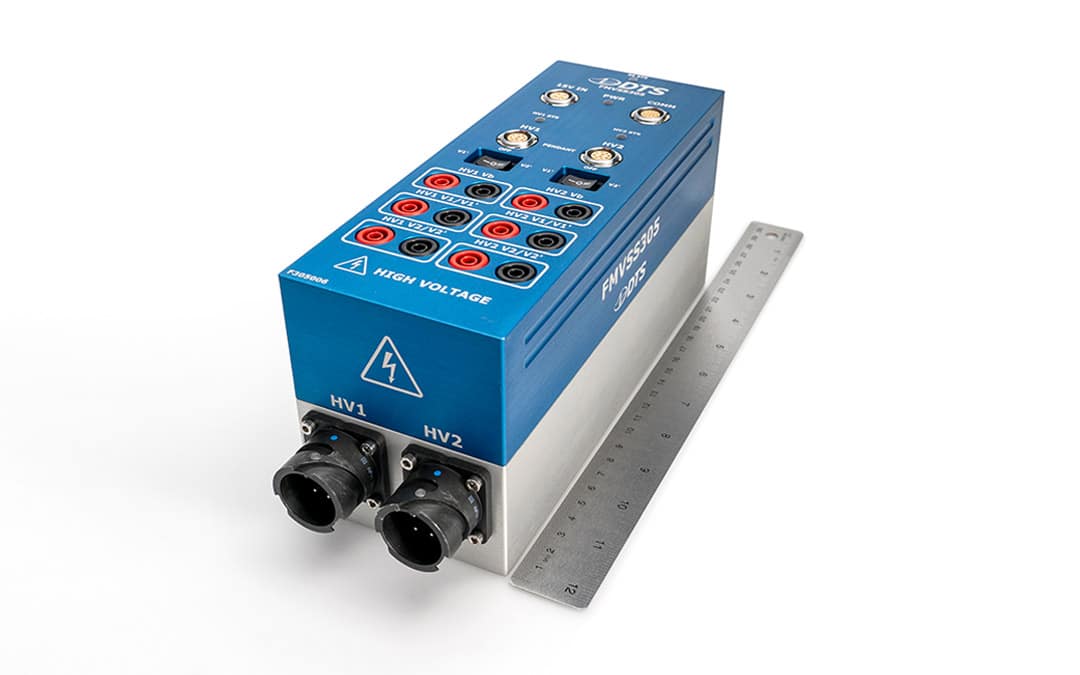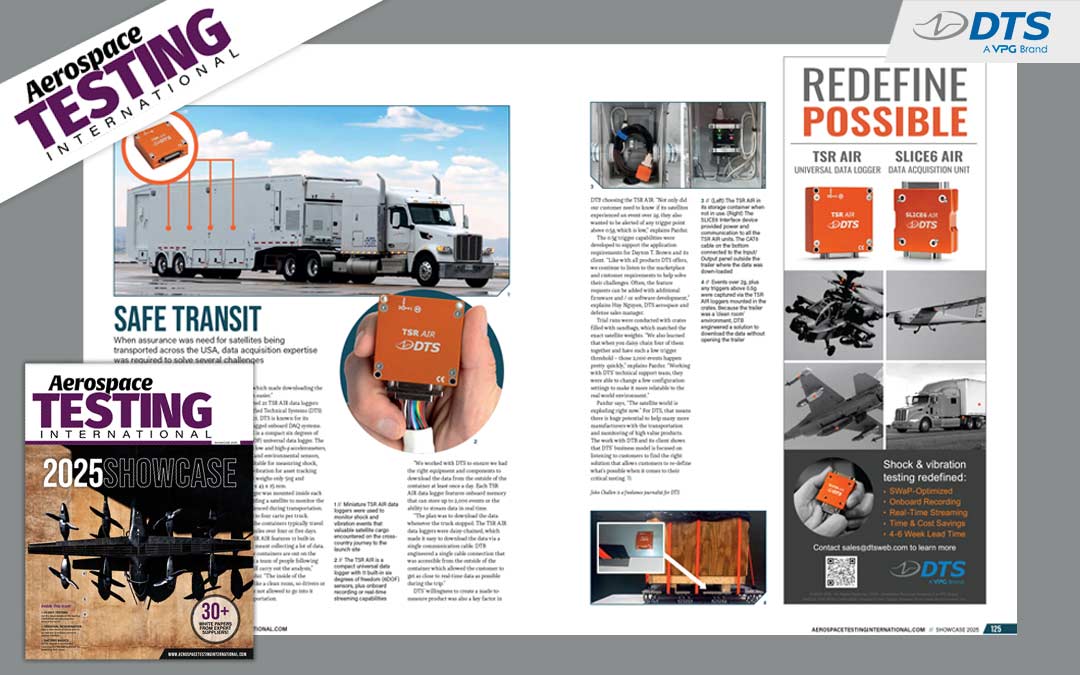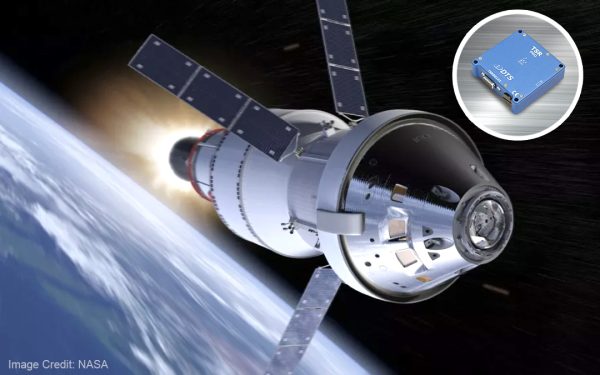How the TSR AIR data logger is helping ensure the safe transit of high-value assets.

New High-Voltage Recording Device Streamlines FMVSS305 Testing for Electric Vehicles

New Solution for Electric Vehicle Testing
DTS, a leading provider of crash test solutions, announces the release of a new high-voltage recording device specifically designed for FMVSS305 testing of new energy vehicles (NEVs).
What is FMVSS305? Federal Motor Vehicle Safety Standard (FMVSS) No.305 is a U.S. safety standard for electric and hybrid vehicles that ensures battery systems are safe in crashes. The standard also ensures batteries are securely mounted and protected to avoid damage in accidents, prioritizing the safety of both passengers and emergency responders.
Engineered for the Future of Electric Vehicles
As NEVs continue to push the boundaries with higher voltage architectures, the DTS FMVSS305 system is built to handle it. Supporting vehicle designs up to 800V, this recorder captures crucial voltage data during crash tests, as well as key measurements (HV1′ and HV2′) both before and after the event.
Enhanced Flexibility and Compatibility
The DTS FMVSS305 allows for remote measurements, making it ideal for use with the 301 static rollover system. Integration is seamless, as the ruggedized recorder is built to work with existing test setups. It utilizes standard DTS SLICE PRO mounting plates and is also compatible with other similar crash test recorders.
Addressing a Growing Need
The US Department of Transportation’s (DOT) FMVSS305 standard applies to a wide range of NEVs, including battery electric (BEV), parallel hybrid electric (PHEV), and fuel cell (FCV) vehicles exceeding 48 nominal volts and weighing under 10,000 lbs. This new DTS solution empowers manufacturers to efficiently comply with this critical safety regulation.
Related Articles
DTS Application Spotlight: Satellite Transportation Monitoring
DTS Innovation Room 2024
Join us at the DTS Innovation Room Oct 22-23 Automotive Testing Expo North America
DTS Named Best Place to Work for 5th Year
For a fifth consecutive year Diversified Technical Systems (DTS), headquartered in Seal Beach, California, was named as one of the Best Places to Work in Orange County.

































